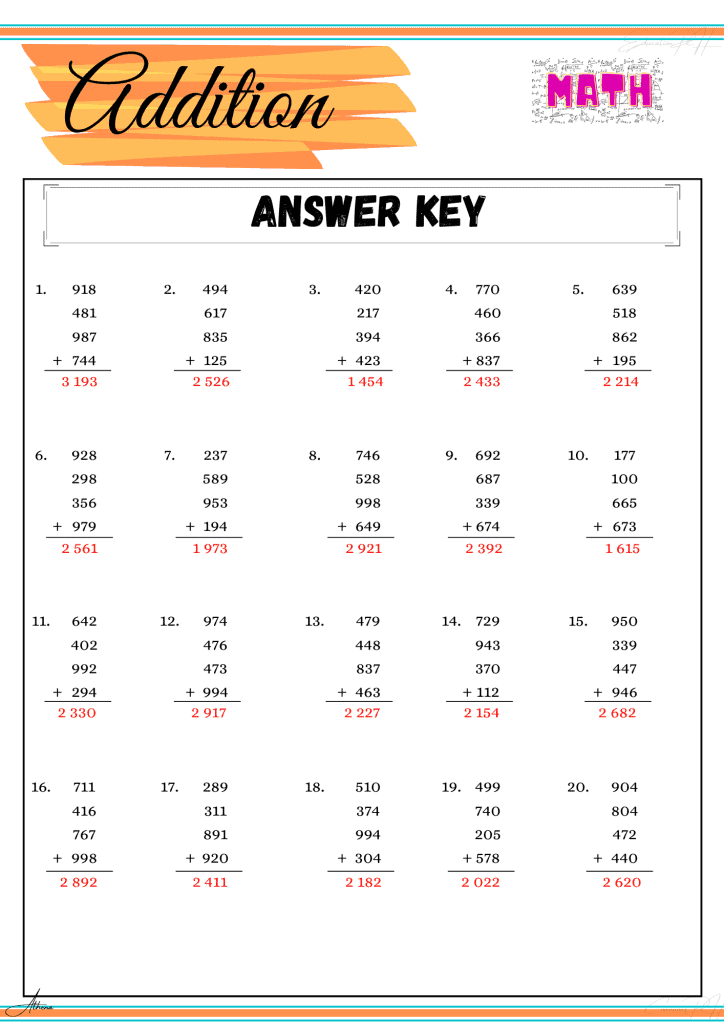


SUPPORT SENSE-MAKING as students scaffold their thinking and amplify language so students can make their own meaning between concepts and representations.OPTIMIZING OUTPUT as students describe their own math thinking to others orally and visually or writing as physical, graphical, pictorial, or symbolic representations.The Math Language Routines also provide opportunities for students to engage in the Common Core’s Standards for Mathematical Practice.Īs students engage in math language routines, MLRs help students to advance their thinking in the following ways: can and should be used to support all students learning mathematics.” (from Understanding Language/SCALE’s Principles for the Design of Mathematics Curricula: Promoting Language and Content Development) There are four specific design principles used to entice students to discuss the concepts and ensure that the discussions provide opportunities for students to learn something new. The routines “emphasize the use of language that is meaningful and purposeful, not inauthentic or simply answer-based. Stanford Graduate School of Education’s Understanding Language and the Stanford Center for Assessment, Learning, and Equity (SCALE) designed eight Math Language Routines (MLRs) to help teachers “amplify, assess, and develop students’ language” in math class. These routines are structured, but adaptable to the content and classroom context. Let’s explore the Math Language Routines, which are embedded in IM K–12 Math. How would our students’ math learning and perception about math improve if they also had regular opportunities to talk about math? How might these opportunities help us create a world where learners know, use, and enjoy mathematics? Math teachers can talk all day about math! We get super excited when we encounter someone else who enjoys these conversations as well.īut too many of our students don’t get to experience that joyful discourse, which limits their understanding of and positive experiences with math. Kristen Taylor, IM Certified® Facilitator
#Math practice 8 free
Khan Academy’s 100,000+ free practice questions give instant feedback, don’t need to be graded, and don’t require a printer.By Dr.

Applying derivatives to analyze functions.Contextual applications of differentiation.Differentiation: composite, implicit, and inverse functions.Differentiation: definition and basic derivative rules.Parametric equations, polar coordinates, and vector-valued functions.Derivatives: chain rule and other advanced topics.Derivatives: definition and basic rules.Prepare for the 2020 AP®︎ Statistics Exam.Inference comparing two groups or populations.Displaying and describing quantitative data.Advanced regression (inference and transforming).Inference for categorical data (chi-square tests).Two-sample inference for the difference between groups.Significance tests (hypothesis testing).Counting, permutations, and combinations.Displaying and comparing quantitative data.Non-right triangles & trigonometry (Advanced).Exponents, radicals, and scientific notation.Equations, expressions, and inequalities.Transformations, congruence, and similarity.Negative numbers: multiplication and division.Negative numbers: addition and subtraction.Multi-digit multiplication and division.Arithmetic patterns and problem solving.Equivalent fractions and comparing fractions.And they’re even better than traditional math worksheets – more instantaneous, more interactive, and more fun! Just choose your grade level or topic to get access to 100% free practice questions: That’s because Khan Academy has over 100,000 free practice questions.


 0 kommentar(er)
0 kommentar(er)
